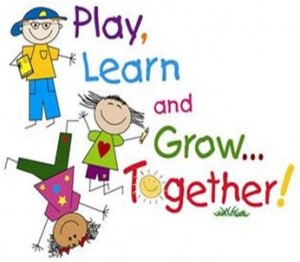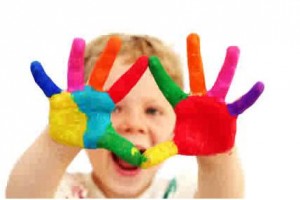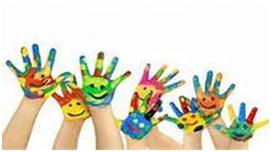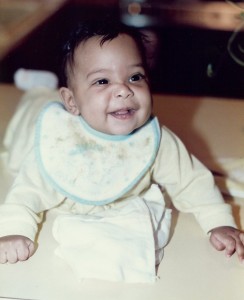When standards are incorporated into early childhood programs which utilize developmentally appropriate practices; children will be provided a quality program that promotes growth and development.
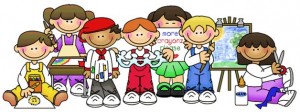
The pros for standards in early childhood education are:
1) Standards are instituted to provide consistency for young children.
2) Standards provide a foundation for early childhood educators that address the growth potential of young children.
3) Explaining play-based programs to parents can be difficult for educators, with established standards educators can provide materials to parents that can be easily explained and incorporated into the play-based curriculum.
Therefore, when young children are provided with a high quality program they are more successful academically and socially when they enter school.
.

